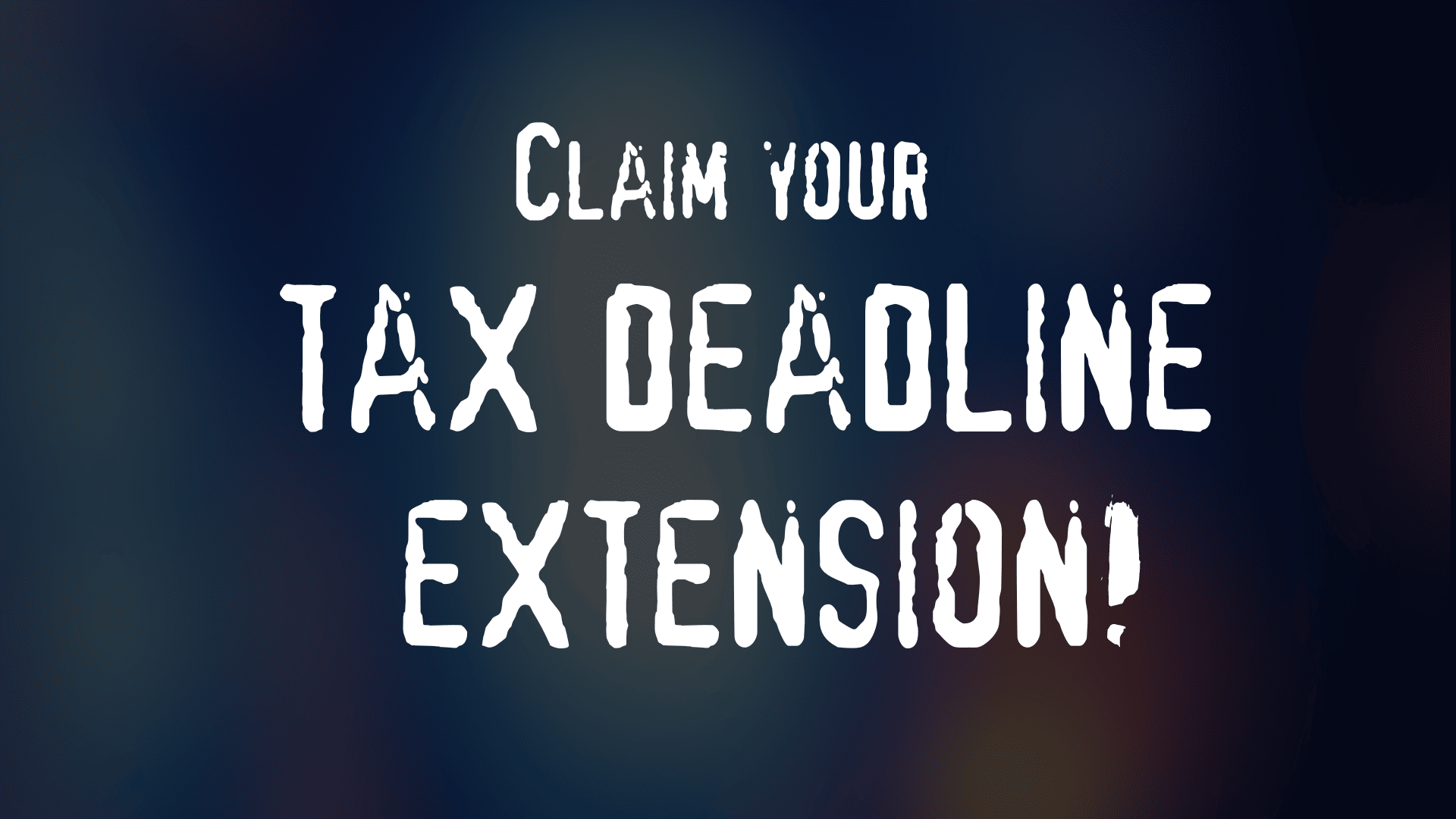PAYE calculator for employees
PAYE stands for ‘pay as you earn’. It’s the way New Zealand employees earning a wage or salary pay tax on their income. PAYE tax is deducted from your pay by your employer and they send it to Inland Revenue on your behalf. They also deduct your KiwiSaver contributions, as well as student loan repayments and even child support payments if you’re required to make them. So these are also PAYE deductions.
Instructions for using the PAYE calculator:
- Record any income you receive from employment income where you pay PAYE in Box 1.
- If you have an outstanding student loan balance then please select Yes in Box 2. Otherwise select No
- If you are wanting to pay Kiwisaver contributions then add the % rate that you intend to make deductions in Box 3. This can be 3%, 4%, 6%, 8% or 10%
Income tax rates
New Zealand has several tax rate levels and they apply to your total income from all taxable sources during the year. For example, here are the tax rates for the tax year 1 April 2021 to 31 March 2022.
| For each dollar of income | Tax rate |
| Up to $14,000 | 10.5% |
| Over $14,000 and up to $48,000 | 17.5% |
| Over $48,000 and up to $70,000 | 30% |
| Over $70,000 and up to $180,000 | 33% |
| Remaining income over $180,000 | 39% |
As you can see, this can make it quite challenging to work out the tax you have to pay. That’s why we’ve created an easy online PAYE calculator. It also lets you quickly calculate your KiwiSaver contributions and any student loan repayments. There are some helpful instructions below the calculator if you need them.
Secondary tax rates
If you have more than one job, you need to provide the additional employers with a secondary tax code to use when calculating your PAYE tax. This helps to ensure you pay the correct overall tax as you go and don’t end up with a large tax bill from Inland Revenue at the end of the year.
The secondary tax code you choose depends on what you expect your total annual income to be from all sources. For example, here are the secondary tax codes and rates for the tax year 1 April 2021 to 31 March 2022.
| Estimated annual total income from all sources | Secondary tax code for the second source of income | Secondary tax rate (before ACC levies) |
| $14,000 or less | SB | 10.5% |
| Between $14,001 and $48,000 | S | 17.5% |
| Between $48,001 and $70,000 | SH | 30% |
| Between $70,001 and $180,000 | ST | 33% |
| Over $180,000 | SA | 39% |
If you also earn self-employment income
If you also earn income from self-employment, you have to make your own payments to Inland Revenue based on the amount you earn from this type of work. This additional income will be taxed at your top rates. To find out more, see our handy self-employment tax calculator.
Schedular payments
Although they’re not employees, certain types of contractors may receive payments that have already had tax deducted by their customer on behalf of Inland Revenue. These are known as ‘schedular payments’ (previously they were called withholding tax).
While schedular payments for contractors are a bit like getting PAYE pay from an employer, they are quite different in many ways. The deductions for schedular payments only include income tax, not ACC levies and KiwiSaver contributions etc. ACC will invoice the contractor directly and the contractor is responsible for making their own KiwiSaver contributions.
In most cases the tax rate for schedular payments is based on the type of work. Alternatively, the contractor can choose the most appropriate rate based on their expected annual income. It’s important to choose the rate carefully to avoid owing unexpected tax at the end of the year.
If you don’t want to receive schedular payments, you can apply for a certificate of exemption. This would normally be granted if you have a good record of filing tax returns and paying tax on time. Exemptions are not available for schedular payments from a labour hire company you do contract labouring work for.
Paying yourself a salary
Sole traders can’t be their own employee and pay income tax on a PAYE basis. They usually withdraw money from time to time from the business profits and set some aside to pay tax on those drawings when it is due.
However, if your business is structured as a company, you can choose to pay yourself a shareholder salary in regular monthly payments, which have PAYE tax deducted by your company. To do this, your company registers with Inland Revenue as an employer and forwards the PAYE deductions to them each month. The salary payments are then treated as a business expense. It’s also possible to include a one-off additional payment at the end of the year from company profits, but this would normally be subject to provisional tax.
The paragraph above is only a very brief introduction to shareholder salaries. If your business is structured as a company and you like the idea of monthly PAYE tax payments through a shareholder salary, it’s important to talk to a business adviser or accountant. They can help you to fully understand what would be involved and whether it’s the best option for your situation.
Withholding tax
Other income – such as interest from savings and investments – is usually taxed at the source, then the tax is paid to Inland Revenue on your behalf. This is called ‘withholding tax’, and it should be set at your top tax rate. That’s why we haven’t included it in our PAYE calculator.

